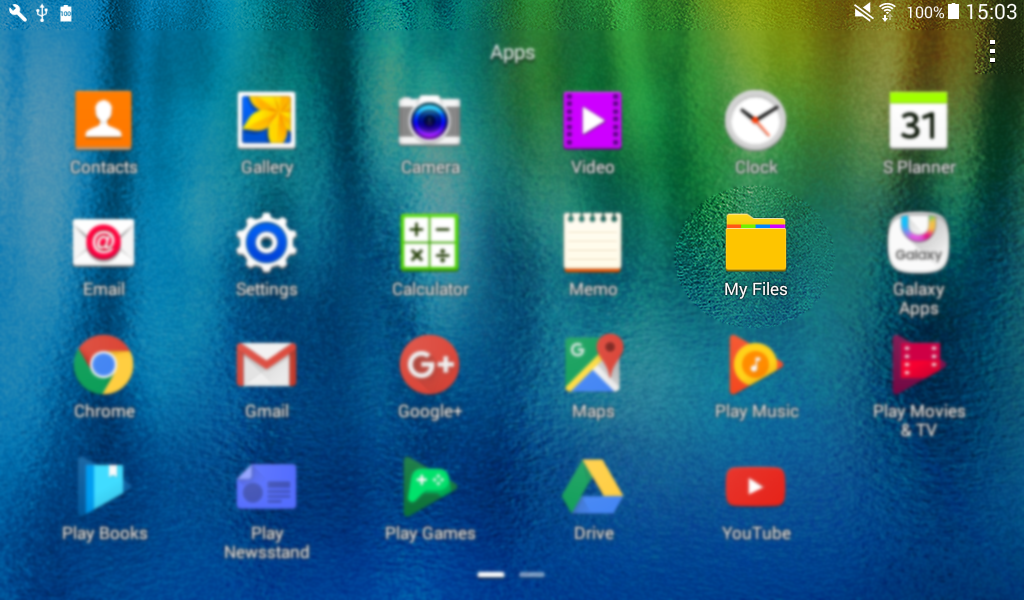

A window will open showing the apps you have used recently. To view the files stored locally on your Chromebook, click the Launcher button in the lower-left corner of your Chromebook's display (it's ChromeOS' version of the Windows Start button).
#All image downloader storage path how to
With this guide, I'll show you how to access your Chromebook's local storage, find out how much free space remains and how to save, delete and move files. (For example, to set a custom image for your desktop wallpaper, you first need to download an image from the Web.) Because local storage is deemphasized on a Chromebook, finding it isn't as straightforward as locating your C: drive. I wouldn't keep the only copies of treasured photos on my Chromebook's SSD, but it is useful as a temporary storage spot for downloaded files. Typically, a Chromebook supplies either a 16GB or 32GB solid-state drive, but ChromeOS treats this local storage as a cache and may delete older files to make room for new files. This web-centric view of the laptop makes Chromebooks easy to operate and inexpensive to acquire, but Chromebooks are not without some local storage.

(Or alternative cloud services such as, say, Dropbox, Spotify and Flickr.) Photos are likely viewed on Google Photos. A Chromebook's files are likely stored on Google Drive.

Chromebooks are built and sold with the idea that you'll use cloud storage for most if not all of your files.


 0 kommentar(er)
0 kommentar(er)
